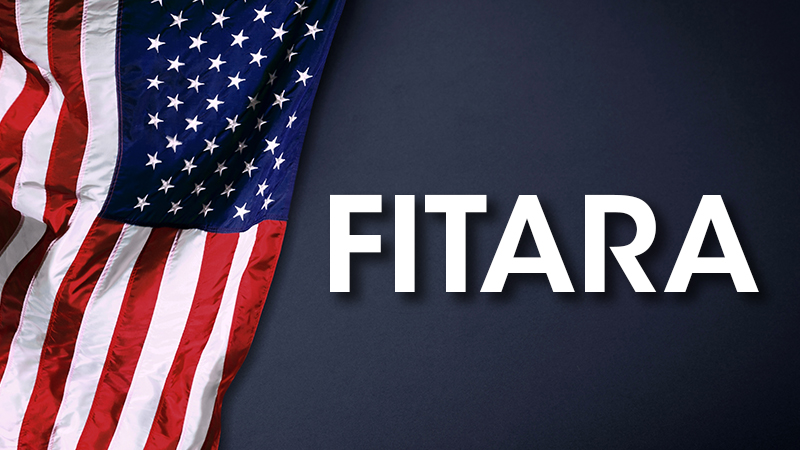
A survey of executives whose companies provide IT products and services to the government shows those leaders applauding the higher scores earned by Federal agencies on the 18th edition of the FITARA Scorecard issued on Sept. 20 by Rep. Gerry Connolly, D-Va., but also looking forward to changes in the scorecard’s grading categories now that many of the agencies are acing the test.
Federal agency grades were up sharply and nearly across the board on the latest scorecard, which grades the 24 largest Federal agencies on their progress against a range of IT-related categories.
In total, 18 of the 24 Federal CFO Act agencies saw their overall grades increase, while six of the agency grades were unchanged since the 17th edition of the scorecard issued in February. No agency received a lower grade this time around. Because of the numerous sharp grading jumps on the latest scorecard, 13 of the 24 agencies now stand with ‘A’ grades on the latest scorecard, 10 agencies have ‘B’ grades, and only one agency has a ‘C’ grade.
Grading categories on the latest scorecard remained unchanged from the previous edition issued in February and include: agency CIO authority; CIO investment evaluation; cloud computing; Modernizing Government Technology Act; cyber; and transition from the older General Services Administration Networx communications services contract to the newer Enterprise Information Solutions (EIS) contract.
Many agencies that earned higher grades this time around did so by improving their scores in the cloud, cyber, and EIS transition categories.
“It’s heartening to see continued progress being made across agencies in the latest FITARA scorecard, particularly in resilience efforts associated with cybersecurity,” Ryan Gillis, Senior Vice President and Global Head of Government Partnerships at Zscaler, told MeriTalk.
“We know there is more work to be done, however, and believe the scorecard should continue to be matured to include additional cyber resilience metrics in future iterations like implementation of zero trust architecture as called for in Executive Order 14028,” Gillis said.
“The release of the FITARA 18.0 scorecard showcases significant improvement across federal agencies, particularly when it comes to strengthening their cybersecurity postures,” said Gary Barlet, Public Sector Chief Technology Officer at Illumio. “This momentum is a testament to the hard work and dedication of federal IT teams,” he added.
Looking ahead, however, Barlet said “there is still work to be done.” He explained, “as sophisticated cyberattacks become more frequent, agencies must keep in mind that maintaining proper cyber hygiene practices is not a one-time task but an ongoing effort that requires a forward-thinking mindset.”
“They must focus on adopting modern approaches to cybersecurity, such as Zero Trust, and shifting cyber defense strategies from the ‘outside-in’ to the ‘inside-out,’” Barlet said.
Gary Hix, Chief Technology Officer at Hitachi Vantara Federal, was similarly enthusiastic about the latest crop of agency grades. “In the 18th edition of the FITARA Scorecard, it’s encouraging to see such great progress from agencies,” he said, adding, “we saw the highest number of ‘A’ grades ever and the majority of agencies improved their overall grade from last year’s edition.”
Rep. Connolly said at a Sept. 20 roundtable to discuss the scorecard results that he’s looking at making changes to the scoring categories going forward.
The congressman made no promises, but said new category options include tracking agencies’ Federal AI workforce training activities, their use of the Federal Risk and Authorization Management Program (FedRAMP), and how they are performing on tech project risk evaluations.
Both Illumio’s Barlet and Hitachi Vantara Federal’s Hix said they are looking forward to how the scorecard categories evolve.
“It’s encouraging to see potential expansion of the scoring criteria for future scorecards,” Barlet said. “The addition of FedRAMP compliance, for example, will encourage this forward-thinking mindset by pushing agencies to leverage FedRAMP-certified capabilities. This is one step towards ensuring they are better prepared for the inevitable threats that come their way.”
“As agencies continue towards optimal IT modernization, it’s important to remember that maintaining progress and momentum requires constant evolution,” said Hix, who offered that new grading categories will give Federal agencies “new targets for growth and innovation.”
“As an organization, we will continue supporting these agencies on their path, enabling them to manage diverse and fast-growing data, address skill gaps, and modernize outdated infrastructure,” Hix said. “We look forward to seeing future evolution from agencies to push the envelope even further when it comes to hitting the targets set forth in the FITARA scorecard.”
